Does The Sun Damage Camera Lens?
The Impact of Sunlight on Camera Lenses: Myths, Facts, and Best Practices
In the world of photography, the quest for the perfect shot often leads photographers to experiment with various lighting conditions. One of the most powerful and readily available light sources is the sun. However, a common concern among both amateur and professional photographers is whether direct sunlight can damage their camera lenses. This article aims to demystify this topic by exploring the potential risks, debunking myths, and offering practical advice on how to protect your camera gear.

Understanding the Risks
1. Lens Coating Degradation
Modern camera lenses are equipped with multiple layers of coating designed to reduce glare, enhance contrast, and improve image quality. Prolonged exposure to direct sunlight can potentially degrade these coatings over time. While this process is gradual, it can lead to a decrease in the overall performance of the lens.
2. Sensor Damage
One of the most significant risks associated with pointing your camera directly at the sun is sensor damage. The intense light can cause permanent damage to the camera's sensor, especially in digital cameras. This is particularly true when using long exposures or when the camera is left unattended with the lens pointed at the sun.
3. Internal Heating
Direct sunlight can cause the internal components of the camera to heat up. This can lead to a range of issues, from temporary malfunctions to permanent damage. Overheating can affect the camera's electronics, battery life, and even the structural integrity of the lens.
Debunking Common Myths
Myth 1: Sunlight Will Instantly Damage Your Lens
While it is true that prolonged exposure to direct sunlight can cause damage, the idea that your lens will be instantly ruined is an exaggeration. Most modern lenses are designed to withstand a certain amount of exposure to harsh conditions, including sunlight. However, caution is still advised.
Myth 2: UV Filters Offer Complete Protection
UV filters are often marketed as a protective measure against sunlight. While they do offer some level of protection, they are not a foolproof solution. UV filters can help reduce the risk of lens coating degradation and minor scratches, but they do not protect against sensor damage or internal heating.
Myth 3: Only Expensive Lenses Are Vulnerable
The price of a lens does not necessarily correlate with its vulnerability to sunlight. Both high-end and budget lenses can suffer from the same types of damage if not properly protected. The key is to understand the limitations and care requirements of your specific lens.
Best Practices for Protecting Your Camera Lens
1. Use a Lens Hood
A lens hood is an essential accessory for any photographer. It helps to block direct sunlight and reduce lens flare, which can improve image quality. Additionally, a lens hood provides a physical barrier that can protect the lens from accidental bumps and scratches.
2. Avoid Prolonged Exposure
Whenever possible, avoid pointing your camera directly at the sun for extended periods. If you need to capture a shot that includes the sun, try to limit the exposure time and use appropriate settings to minimize the risk of damage.
3. Employ Solar Filters
For photographers interested in solar photography, using a specialized solar filter is crucial. These filters are designed to reduce the intensity of sunlight, making it safe to capture images of the sun without risking damage to your camera's sensor or lens.
4. Regular Maintenance
Regularly cleaning and inspecting your lens can help identify any early signs of damage. Use a microfiber cloth and appropriate cleaning solutions to keep the lens free from dust and debris. If you notice any issues with the lens coating or performance, consult a professional for further evaluation.
5. Store Properly
When not in use, store your camera and lenses in a cool, dry place away from direct sunlight. Using a camera bag with adequate padding and compartments can help protect your gear from environmental factors and physical damage.
Practical Scenarios and Solutions
Scenario 1: Landscape Photography
When capturing landscapes, the sun is often a key element in the composition. To protect your lens, use a lens hood and avoid shooting directly into the sun. Instead, try to position the sun at an angle to reduce the risk of flare and sensor damage.
Scenario 2: Solar Eclipses
Photographing a solar eclipse requires special precautions. Always use a solar filter to protect your camera's sensor and lens. Additionally, limit the exposure time and take breaks between shots to allow the camera to cool down.
Scenario 3: Time-Lapse Photography
Time-lapse photography often involves extended exposure to sunlight. To mitigate risks, use a neutral density (ND) filter to reduce the intensity of light entering the lens. Monitor the camera's temperature and take breaks if necessary to prevent overheating.
While the sun is an invaluable light source for photographers, it also poses certain risks to camera lenses and sensors. By understanding these risks and implementing best practices, you can protect your gear and continue to capture stunning images. Remember that while modern lenses are designed to withstand various conditions, they are not invincible. Regular maintenance, proper storage, and the use of appropriate accessories can go a long way in ensuring the longevity and performance of your camera equipment.
In summary, direct sunlight can indeed cause damage to camera lenses and sensors, but with the right precautions, these risks can be effectively managed. Whether you are a seasoned professional or an enthusiastic amateur, taking the time to care for your gear will pay off in the long run, allowing you to continue exploring the art of photography without unnecessary setbacks.


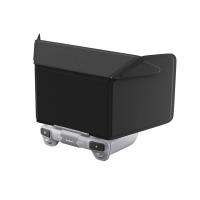
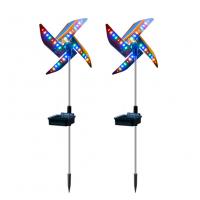

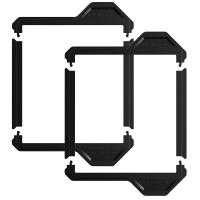





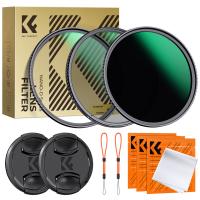
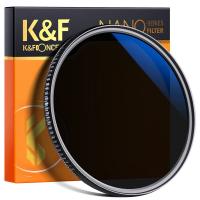


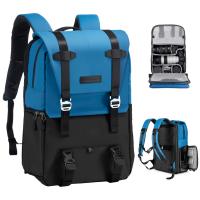
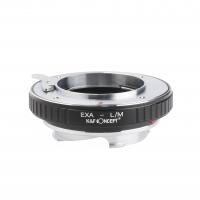

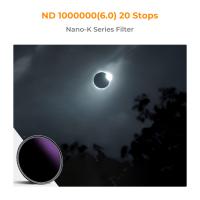
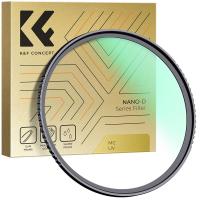

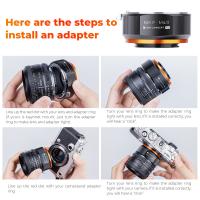
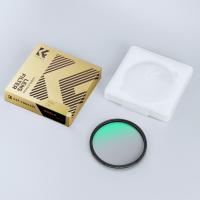

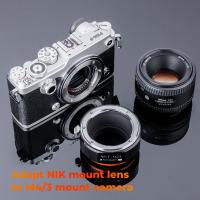

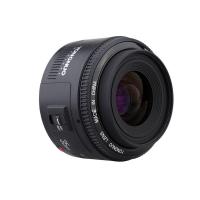



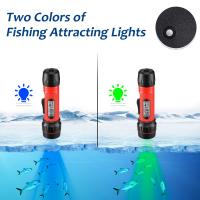

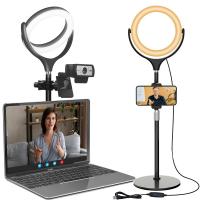



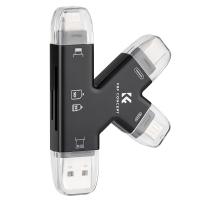
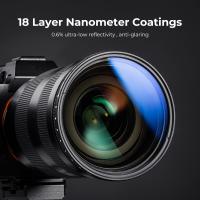
There are no comments for this blog.